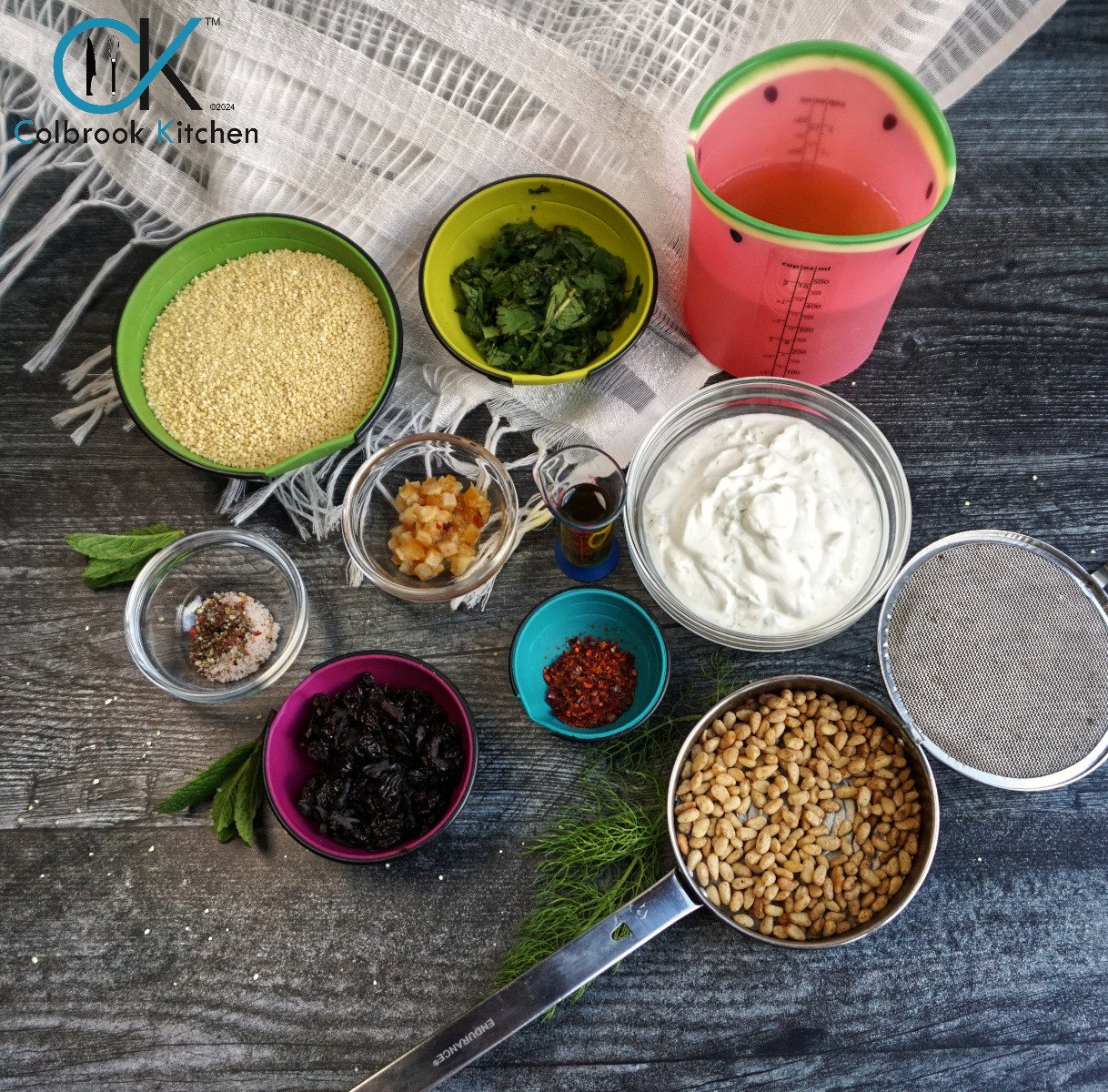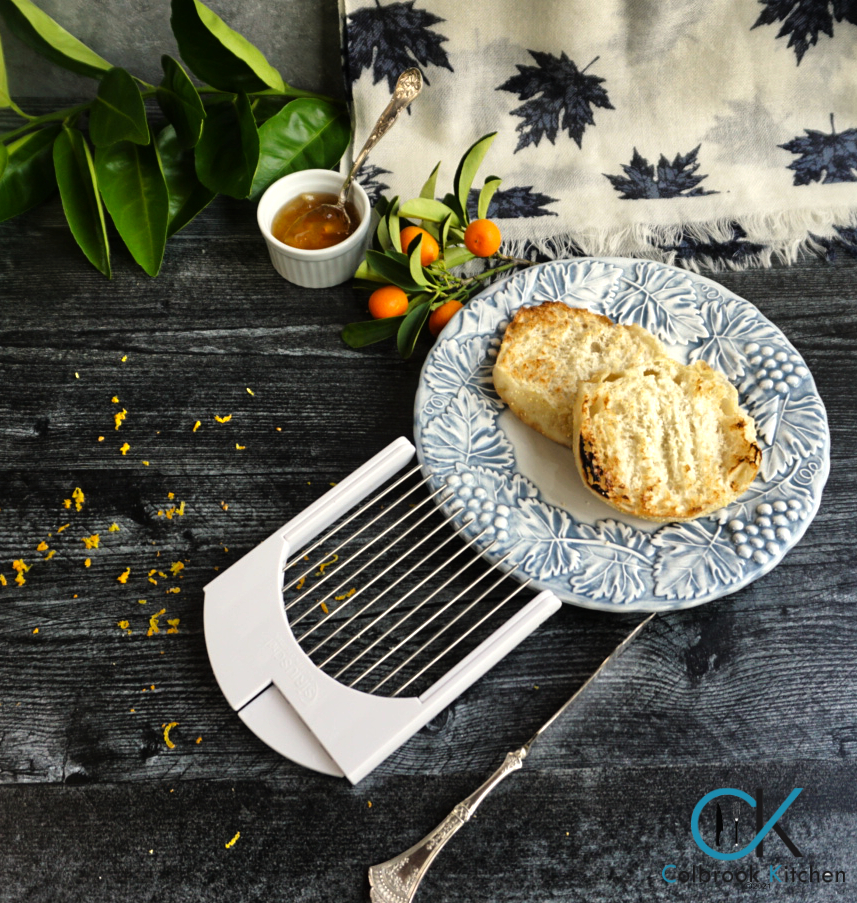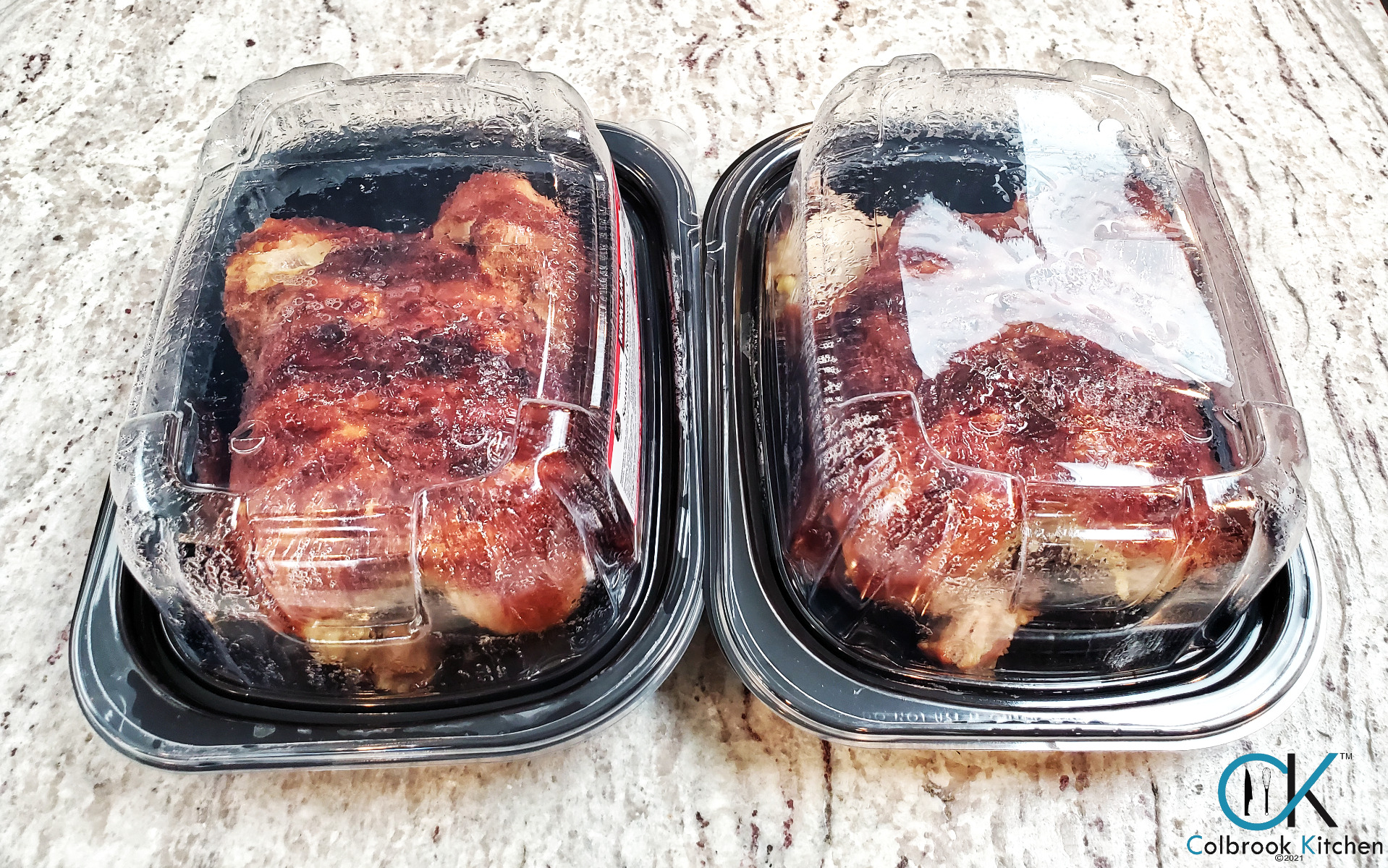Cool Tip: But First... Measure and Mise
- Apr 3, 2024
Cooking can be one of the most rewarding and enjoyable, and at the same time one of the most stressful, things you can do. Rewarding and enjoyable because you’re taking raw ingredients and, through skill, ingenuity, and love, you’re turning them into the whole that is so much greater than the sum of its parts. Stressful, because even with the simplest recipes, there is a lot to keep track of. That’s why we recommend that the first step in any recipe should be “Measure and Mise”: whether it’s written in the recipe or not. We’ve often been guilty of violating this rule, but acknowledging our mistakes has led us to codify this ‘first principle’ in Colbrook Kitchen.
There are several reasons why Measure and Mise is a good idea. But first let’s discuss what it is. Your recipe, if it’s a good one, will tell you how much of each ingredient you will need. It may be by weight: pounds, ounces, grams, etc., or by volume: cup, teaspoon, tablespoon, etc. If you measure each ingredient in advance and put it into a separate bowl, then you don’t have to stop between cooking steps to do it later. The same with mise. “Mise” is short for “mise en place”: in French, literally, “to put in place” or ‘to set up’. This refers not only to measuring your ingredients beforehand, but doing the step that usually (but not always) comes after the comma in the ingredient listing: e.g. chopped, diced, minced, grated, juiced, toasted, etc. It’s getting your ingredients prepared in advance so that, when you are cooking, you can focus on the process and not be interrupted by further prep.
So here are just some of the reasons why your first instruction in any recipe should always be Measure and Mise:
-
You are compelled to read all the way through the entire recipe before you start to cook. As Julia says in Mastering the Art of French Cooking: “We therefore urge you, however much you have cooked, always to read the recipe first, even if the dish is familiar to you. Visualize each step so you will know exactly what techniques, ingredients, time, and equipment are required and you will encounter no surprises.”
-
You save time in the long run. This is why restaurant kitchens do it. Doing all your cutting, chopping, measuring, toasting, etc. at one time, in advance, gets all your ingredients into a ready state, and allows you to “clear the decks” so you are ready to cook your dish without distractions or interruptions.
-
You can focus all your senses, so you can react to whatever is going on in your bowl, pot, or skillet, without your attention being diverted to do a preparation step, in the middle of cooking your dish.
-
You achieve better results because you’re not risking something boiling over or over cooking because your attention was elsewhere.
-
When you’re entertaining, you can Measure and Mise before your guests arrive, leaving your cooking to look effortless.
-
In long recipes, the ingredients may be on a different page than the instructions. If you Measure and Mise first, then you can avoid having to flip back and forth between pages.
-
You have less stress because you’re not rushing to prepare an ingredient just before you have to add it to your dish. Your cooking becomes a ballet, rather than a hip hop routine.
Many of the Cool Tools on our site were selected to make this Measure and Mise step easier. Take advantage of this principle and make your cooking process more rewarding, less stressful, and more enjoyable.






